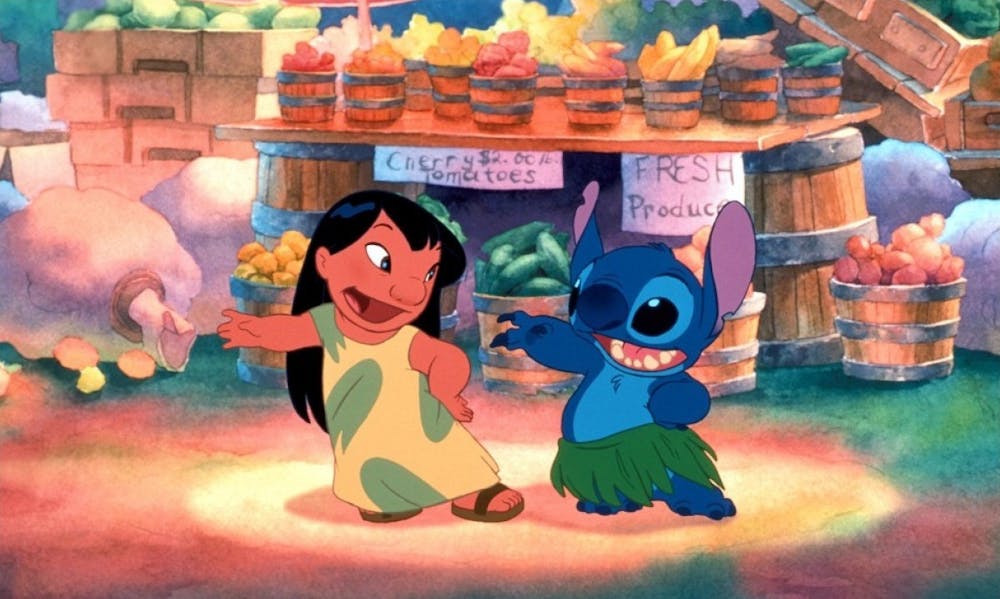Disney’s upcoming live-action remake of the 2002 animated film “Lilo and Stitch” has already received criticism for casting light-skinned actors to play dark-skinned Native Hawaiian characters. Many are arguing that this casting choice whitewashes the character who was beloved to many darker-skinned Native Hawaiians, who are rarely well-represented on screen.
“It’s 2023, stop glorifying Eurocentric beauty standards in the name of erasing characteristics and features integral to ethnicities, especially in terms of representation, give darker skinned Pacific Islanders the visibility we deserve,” one person wrote in a tweet that gained over 40,000 likes.
While Disney has made efforts in the name of diversity in recent years, such as Disney Animation’s “Encanto,” Pixar’s “Coco,” and Marvel Studios’ “Black Panther,” it is not rare for the representation in their films to be criticized. For example, 2019’s “Aladdin” remake was similarly criticized for casting Naomi Scott, a biracial actor of Indian descent, as Jasmine.
As one of the largest movie studios in the world with movies mostly catering towards adolescents and children, Disney’s efforts toward representation are always worth scrutinizing. In a vast media landscape primarily influenced by one family-friendly enterprise, the hope is that children's media is uplifting and representing its diverse audience.
“What repeatedly comes up when you look at overall TV viewing is that the only group that experiences an increase in their self-esteem are white boys,” IU professor Andrew Weaver said. “Because that’s the majority of the portrayals represented on screen.”
Still, this does not explain the phenomenon of whitewashing non-white characters.
“The bigger issue here is the economic aspect of whitewashing,” Weaver said. “There’s a misconception on the part of a lot of big studios that they will lose revenue and a big chunk of their audience if they don't engage in whitewashing their films, but what mine and other research has shown is that it's not that simple, you can have a minority cast and market it properly”
Disney has at times shown a lack of faith in original projects led by dark-skinned characters. Disney Animation’s “The Princess and the Frog” and Pixar's “Soul,” which were the first movies led by a Black protagonist for each studio, both feature their leads in the body of an animal for the bulk of the movie, which erases the identity the movie is ostensibly representing. While Halle Bailey will be playing the second Black Disney princess, she will be doing so in a remake of the beloved classic “The Little Mermaid.” Even Marvel Studio’s “Black Panther,” a movie rightfully celebrated for its diversity on and off camera, was only made after the Marvel Cinematic Universe had already existed for a decade.
Of course, not all Disney films are whitewashed or lack representation. Pixar’s “Turning Red,” directed by Domee Shi, is not only a lovely coming of age story about a teenage girl, but it also highlights a Chinese Canadian family. What “Turning Red” and the highly successful “Black Panther” do show is that Disney is not incapable of successfully marketing a film that does not star a white or whitewashed cast to a mass audience.
“When a white audience is less likely to see a movie with a minority cast, it’s because there's this belief that the movie is not made for them,” Weaver said. “A movie like ‘Black Panther,’ the white audience knows they are part of the intended audience because Marvel movies are for everyone.”
The upcoming “Lilo and Stitch” remake wouldn’t need to be marketed any differently if it featured darker-skinned characters, so there is no good reason why Disney has not cast dark-skinned actors.






